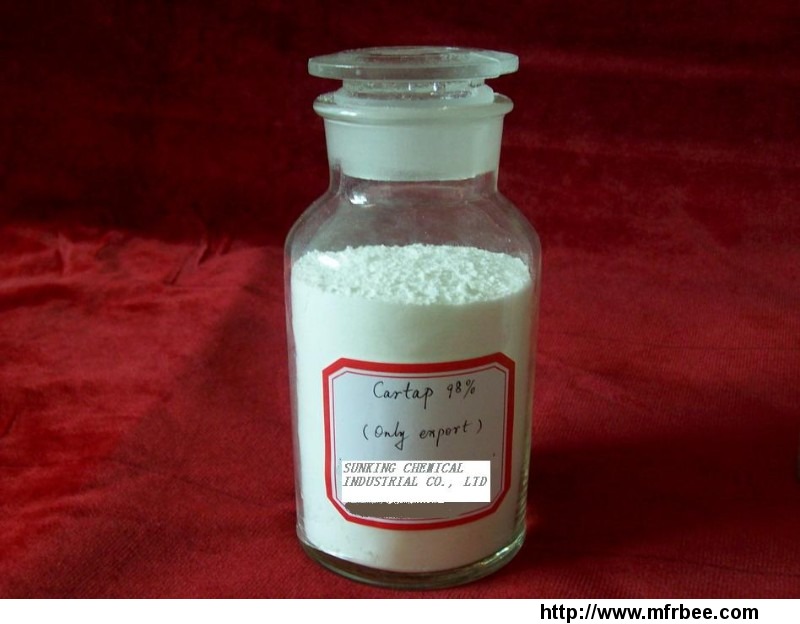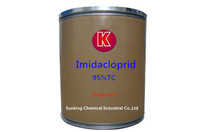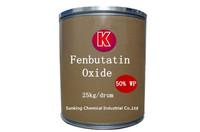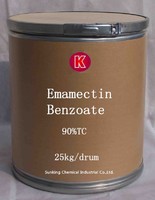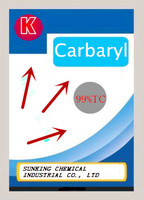CARTAP 98 TC
Specifications
Physical and chemical property:
Form (appearance): Colourless crystalline, slightly hygroscopic solid with slight odour. M.P.: 179-181℃(decomp) . V.P.: Negligible. Solubility. In water c. 200g/1(25℃). Very slightly soluble in methanol and ethanol. Insoluble in acetone, diethyl ether, ethyl acetate, chloroform, benzene, and hexane Stability: Stable in acidic conditions, but hydrolysed in neutral or alkaline media
APPLICATION:
Formulation types: DP; GR; SP
Biochemistry: Analogue or propesticide of the natural toxin nereistoxin. Nicotinergic acetylcholine blocker, causing paralysis by blocking cholinegic transmissions in the central nervous systems of insects
Mode of action: Systemic insecticide with stomach and contact action. Insects discontinue feeding, and die of starvation
Uses: Cartap hydrochloride is used, at c.a 0.4-1.0kg/ha, for control of chewing and sucking insects (particularly Lepidoptera and Coleoptera), at almost all stages of development, on many crops,including rice (Chilo suppressalis, Cnaphalocroclis, Lissorhoptrus oryzophilus and rice-leaf beetle), potatoes, cabbage and other vegetables(Agromyzidae, Leptinotarsa decemlineata and Plutella xylostella); also on soya beanuts, sunflowers, maize, sugar beet, wheat , pearley, pome fruit, stone fruit, citrus fruit, vines, chestnuts,ginger, tea, cotton, and sugarcane.
Phytotoxicity: May be phytotoxic to cotton, tobacco, and apples, under certain soil and climatic
- Country: China (Mainland)
- Address: Mingshu Rd, Jiangshan Ind Zone, Yinzhou, Ningbo , China
- Contact: Teng Xia
